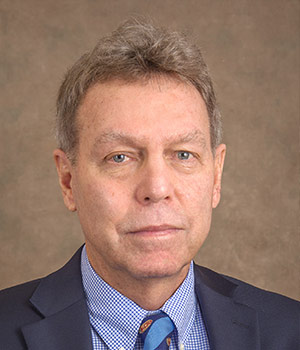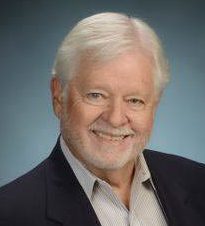What’s Wrong with the Electronic Health Record?
“It ain’t the arrow, it’s the Indian,” means don’t blame your golf clubs if you hit a poor shot –it’s the user, not the tool. In contrast, in today’s medical practice, it’s the “arrow,” not the physician that’s the problem with electronic health records (EHRs).
Today’s EHRs are often more time-consuming for the physician, interfere with patient-physician relationship and increase, rather than decrease, personnel cost.
Although numerous articles have characterized U.S. physicians as technophobic and resistant to change when it comes to EHRs, a recent Rand survey shows that physicians clearly recognize their potential to improve patient care. They are just frustrated with the tool they are forced to use.
According to an AMA survey, physicians unhappiness with EHRs is higher today than it was five years ago, and a 2014 survey of 13,650 nurses found that 90 percent said their EHRs had adversely affected communications between nurses and their patients.
I can personally attest to that unhappiness with EHRs. I was a physician in private practice for 24 years before becoming the CEO of Sarasota Memorial Hospital, an early adopter of the EHR (1996). I believed in the potential of this new tool and forced my fellow physicians to endure the deployment of CPOE (Computerized Physician Order Entry). But in my last few years at the hospital, I kept asking, “Where’s the beef?” It was not at all clear that the benefits of this expensive EHR effort would exceed the negative effects.
A very basic reason the EHR is so unsatisfactory for caregivers who use it every day is that this electronic tool was not designed for them but rather for insurers, corporations and governments, and it actually meets their needs quite well. That focus on serving payers has come at the expense of doctors and nurses who need a better tool in patient care designed for them as the primary users.
Innovative companies are reaching out to physicians and nurses to see how to incorporate user-oriented features into the current EHR framework. However, hospitals and physician practices have already made such large investments in their existing systems they can’t afford to start over.
What’s needed is a value-added approach that brings in new analytic methods to the existing tools.
Think of the current EHR as a giant filing cabinet with tons of records locked inside that are very hard to examine. Nurses spend a large proportion of their time assessing patients and as much or more documenting their actions in the EHR. Yet this information is very seldom reviewed (unless in court months later) and much of it seems irrelevant. Anyone who has tried to review an EHR, as I have, to see what actually occurred during a hospital stay knows how frustrating this can be.
Until recently, analysis of this information has been mostly based on coding data done after discharge, checking to see if various requirements have been met, and analysis of cost and “quality” data.
Fortunately, several very potent (and user friendly) analytic tools are now available that can turn the EHR into an arrow that actually hits the target. For example, the Modified Early Warning Score (MEWS) helps identify patient deterioration, there are numerous sepsis screens, and the Rothman Index turns EHR data into actionable information for both chronic and acute conditions.
Analytic applications such as the Rothman Index utilize the nursing data, vital signs and lab results in a proactive approach that allows caregivers to detect patient declines, enhance communication on the team, and serve as a basis for real quality measures. This versatile tool even provides a means for caregivers to follow a patient in the non-acute setting, such as skilled nursing facilities, home health, physician offices and even independent living facilities, and help determine the appropriate level of care.


 What FARI means to me
What FARI means to me What FARI means to me
What FARI means to me
